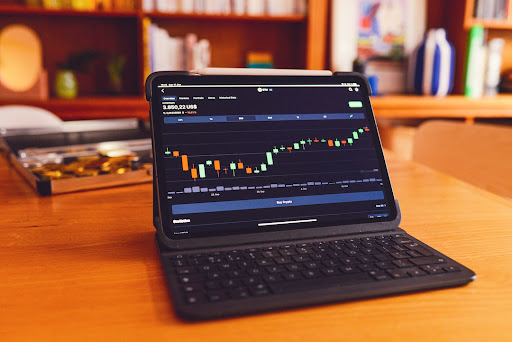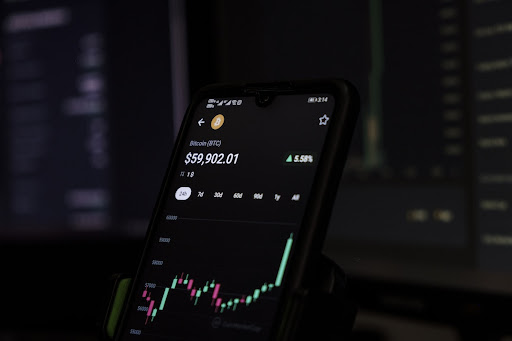Understanding the complexities of the financial market can be daunting even for seasoned investors, but one crucial tool is the candlestick chart. These charts offer a comprehensive view of market conditions, providing information in a simple, easy-to-understand format. This makes them a popular choice for traders and investors worldwide. Though initially utilized for rice trading in the ancient Japanese markets, candlestick charts have become an indispensable part of technical analysis in today’s financial markets. In this article, we delve deeper into how to read candlestick charts and the intricacies of these charts. Keep reading to learn more.
A Deep Dive Into Candlestick Charts

A candlestick chart is essentially a type of price chart used to depict the price movement of an asset for a specific time period. These charts display the opening, closing, high, and low prices for each period you choose, whether a minute, day, week, or month. The unique feature of a candlestick chart is the wide part, or the “body,” which provides vital information on the opening and closing prices.
If the candlestick’s body is filled or colored, the close was lower than the open price, indicating a bearish or down-market. Conversely, if the body is empty or colored differently, it suggests that the close was higher than the open price, signifying a bullish or up-market. Two thin lines, called shadows or wicks, stick out from the body to show the highest and lowest prices reached during the chosen period.
With the combined information from all the components, a single candlestick can offer abundant data on market sentiment during a specific period. Traders can deduce the struggle between buyers and sellers and the intensity of this struggle, providing invaluable insights into future market movement.
The Rich Color Language of Candlestick Charts
Colors play a pivotal role in reading candlestick charts. They help differentiate between bearish and bullish candles at a glance. The standard color code used globally is black or red for bearish candles and white or green for bullish candles. This is customizable depending on the charting software used, allowing traders to choose the most intuitive colors.
However, the choice of colors does not affect the information the candlesticks provide. They are merely visual aids that differentiate between different candlesticks quickly and easily. Regardless of the colors chosen, the rules for interpreting a candlestick chart remain the same.
Understanding the color language of candlestick charts is vital in decoding the market’s emotional state. A series of bearish red candles in a downtrend indicates selling pressure, while a series of bullish green candles in an uptrend shows buying pressure. Knowing this can be instrumental in making successful trading decisions.
Understanding Candlestick Patterns

Candlestick patterns are specific formations of one or more candles that can forecast a potential future price movement. These patterns are the bread and butter of technical traders, providing visual cues to help traders anticipate potential opportunities or dangers.
A basic understanding of these patterns is crucial for traders because these patterns tell a story about the market’s current state and can predict potential price movement with reasonable accuracy. Some classic patterns include the bullish engulfing, bearish engulfing, doji, hammer, and shooting star, each signifying a potential trend reversal or continuation.
While every candlestick can provide useful insights about a given trading period, patterns tend to offer more reliable predictions about future price movement. Therefore, learning to recognize and interpret these patterns is essential for anyone looking to master candlestick charts.
The ability to read candlestick charts is a potent tool in an investor or trader’s arsenal. Whether engaged in stocks, forex, cryptos, or commodities, understanding how to read candlestick charts can give them a sharp edge over other market participants.
